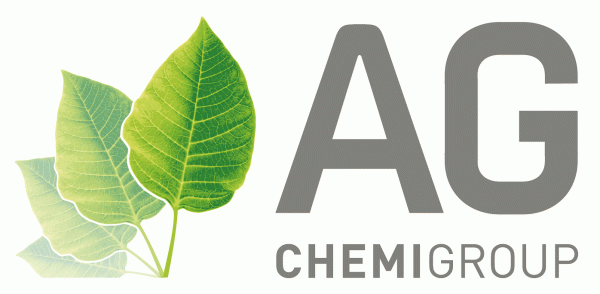Phosphate production may never be the same again, as a new smelting process has been developed that can make a soluble phosphate product from low-value ores.
According to the research from the Commonwealth Scientific and Industrial Research Organisation (CSIRO), the Australian national science agency, the discovery not only eliminates the hazardous waste of low-quality agrichemical feedstock, but is also a ‘simpler, safer, and more efficient’ alternative to standard phosphate production methods.
Current bulk phosphate fertilizers are typically manufactured using a wet acid process. This requires sulphuric acid from rock sulphur to dissolve the phosphate and precipitate gypsum. The new smelting process removes the need for sulphur as a feedstock. Instead the new process uses a ‘thermal process route for smaller scale processing of low-cost ores’. It has already been patented as PyroPhos, and is owned by investment capitalists at the Process Capital Corp.
Although based on the process SiroSmelt, which developed in the 1970’s, the new smelting method is already causing a stir among agrichemical industry insiders. In a recent interview with the economic journal Investing News, CSIRO team leader, Keith Barnard, described the discovery as a “smelting process [that] uses high temperature to extract phosphate from ores, producing prized phosphate feedstock and a glassy gravel that can be used in road base construction and Portland cement.” Adding that, “A major benefit of the process is that is can be used on lower grade ores giving phosphate miners and processors the opportunity to increase their productivity in an environmentally sustainable way.”
Measuring furnace temperatures with a probe at the CSIRO research centre
Meanwhile, the CSIRO website notes the potential of its discovery in a huge market, stating that, “The AUD$73 billion global phosphate market continues to grow as demand for fertiliser increases to meet food production needs.”
While the new method will not be an instant replacement throughout the market, the developers are excited over the process’s potential in servicing previously unusable feedstocks, particularly lower-quality or contaminated stockpiles.
As the PyroPhos company website states, “PyroPhos is suitable for re-treatment opportunities including phosphate overburden, screenings waste and crushing rejects where the residual phosphate levels are of moderate quality. Of particular interest are stock piles which are sub-economic due to high levels of one of more of magnesium, aluminium, carbon, chlorine, fluorine, titanium, sodium or potassium.”
Explaining further how the new, “smelting technology for converting phosphate ore to phosphoric acid … offers producers significant financial and technical advantages over the traditional wet acid process.” They are also keen to note how the breakthrough could, “… trigger a new wave of development in the phosphate fertiliser industry.”
This includes;
- Removing sulphur as a feedstock, as it could be replaced with coke or biomass. This would allow for production away from industrial shipping ports or sulphur sources, and instead make ‘smaller inland phosphate deposits viable’.
- Allow processing of ‘inert slag as this solid waste product would become economically feasible’.
- Accelerate the move to soluble fertilisers.
All-in-all, the new phosphate processing method could revolutionise how fertilizers are produced. Not only making lower-quality fertilizer feedstocks economically viable, but also in producing a useable waste by-product. Factors that are sure to resonate with fertilizer manufacturers and rock phosphate processors everywhere.
As PyroPhos Director, Mark Muzzin notes, “Our networks and investor base give us the ability to connect PyroPhos technology to the global phosphate industry. We have had an excellent response from the industry and believe it has the ability to make a major impact.”

If you are interested in phosphate supplies, potassium sulphate prices, or need fertilizer raw materials, then please contact the friendly, multi-lingual sales team, or take a look at the AG CHEMI GROUP catalogue.